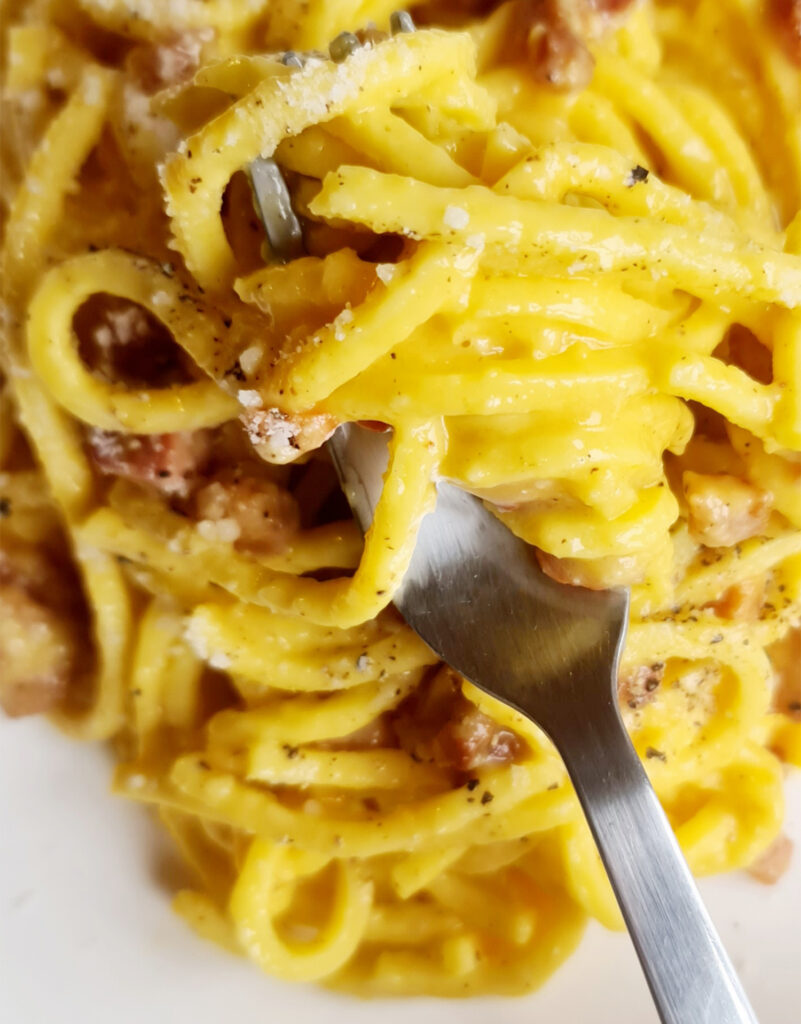
A word on the context: I have been a fan of Carbonara ever since I was a kid, trying it everywhere I could and even couldn’t – to satisfy my cravings, the Italian chefs kindly agreed to cook and serve it for me even when it wasn’t listed on the menu. My point being, I have tried a lot of various recipes and modifications of Carbonara, so when I started cooking it at home, I was determined to perfect the recipe. As a result, the one I’m offering here is by far the best one I’ve made and tried, not just among Carbonaras, but my overall pasta attempts in Italy, where I live. So I hope you enjoy it as much as I do!
Jump to Recipe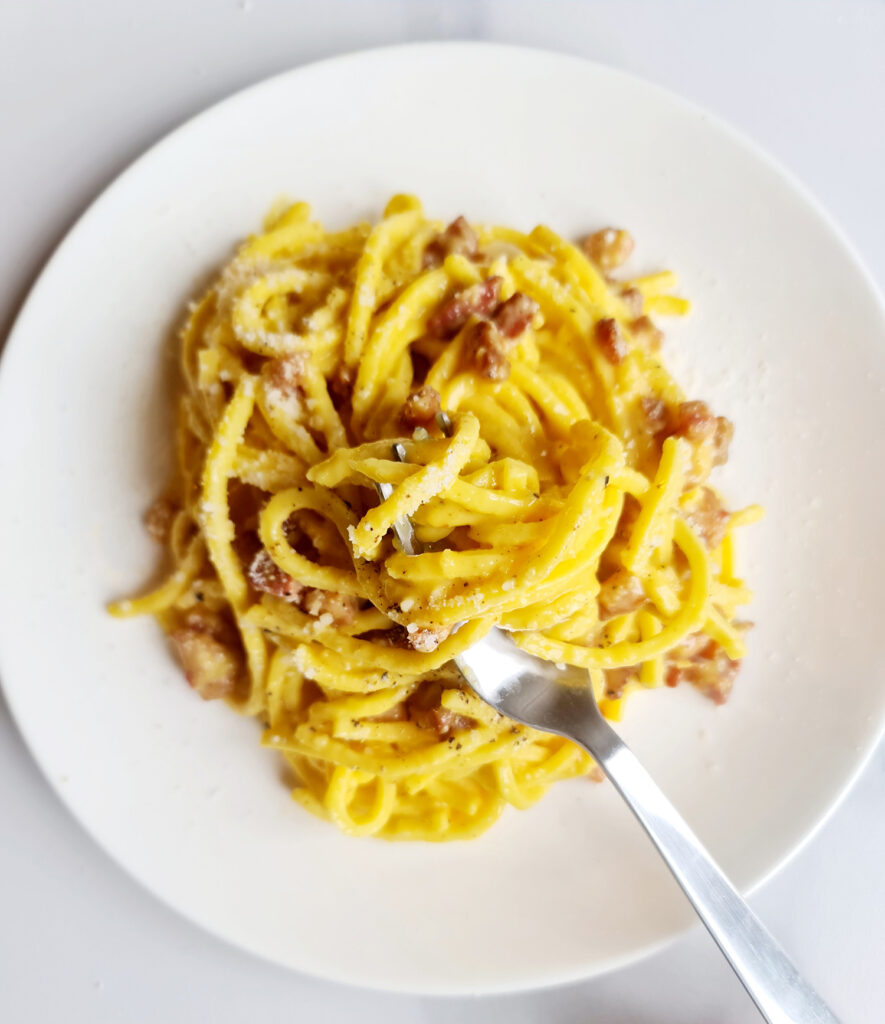
With its crunchy pork bits, spicy pepper flavor, and smooth cheese sauce made with eggs, Carbonara is as easy to whip up for dinner as after a night out and is one of the top signature dishes from Rome, along with Cacio e Pepe and Amatriciana. In that minimalistic class of pasta, it is not the complexity but the quality of the ingredients and sound techniques that make the dish unique. Cured meat like guanciale is traditional and adds a rich, salty flavor. If guanciale is a little too hard to find, pancetta or bacon will also do the trick. The egg yolks make the sauce creamy and golden, so try to get eggs as fresh as you can. The cheese and pasta are worth spending more on quality. Get Pecorino Romano and Grana Padana cheese in pieces and good spaghettoni – ideally fresh to enjoy a restaurant-level experience.
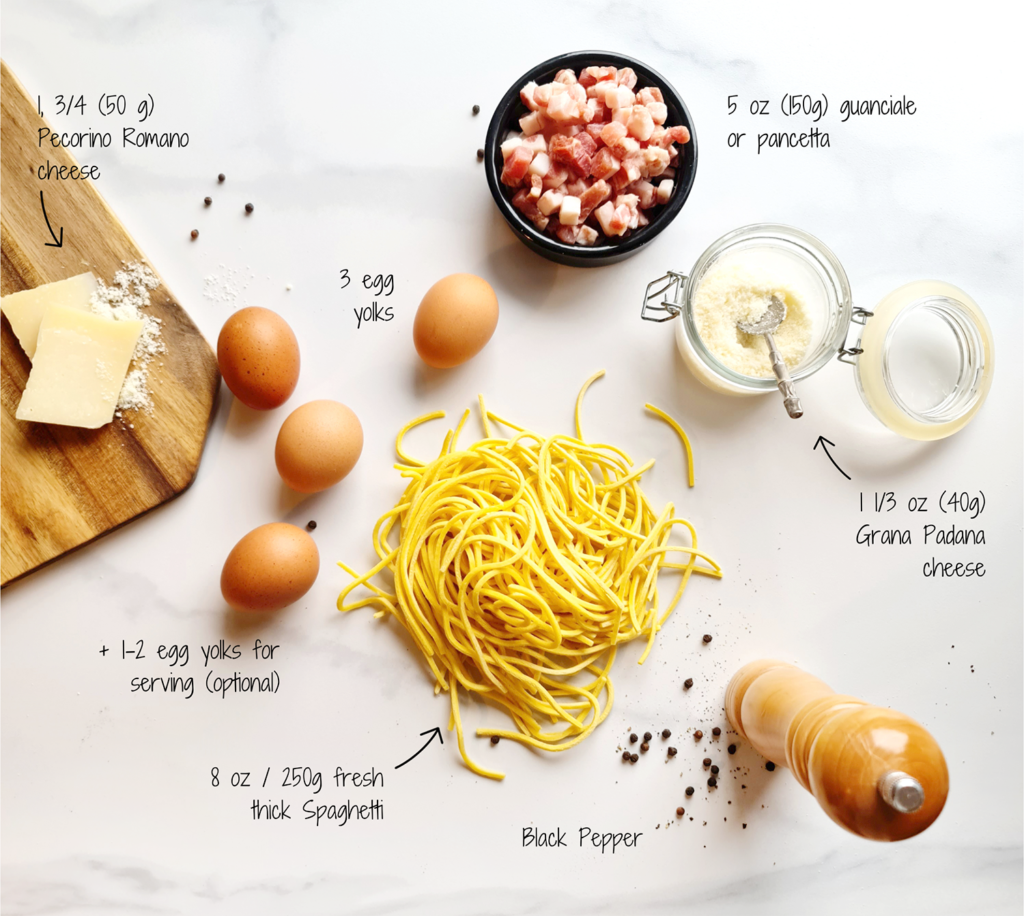
Ingredient Notes
Pasta – for that fork-twirling goodness, spaghettoni pasta would be your top pick as it offers better thickness and specifically fits this dish. Always opt for fresh pasta if you can access it, if not – then dry egg pasta would be your second choice, and regular dry pasta – your last resort.
Guanciale is the traditional ingredient, yet in my recipe here, I am using pancetta, as my husband prefers it over traditions. Feel free to substitute it with bacon if that’s what is at hand. Best to get block form so you can cut it into thick batons because thin slices or small cubes will likely overdry or even burn in the process.
Eggs – Just the yolks! Save those whites for breakfast tomorrow morning. And by no means should you add cream to your Carbonara – there’s simply no need for that! The egg combined with the guanciale fat is what makes the stunning creamy carbonara sauce the world is so obsessed with. If you follow all the recommendations, you’ll get an amazing creamy sauce with zero cream added – trust me and 60 million Italians on this one.
Cheese – for the perfect taste, you need not one but a mixture of Pecorino Romano with Grana Padana/Parmesan. Since the cheese makes the basis for the sauce – picking the right kinds is of paramount importance, and with only a few ingredients in the dish I’d highly encourage you not to neglect the mixing part. Believe it or not – this will make the difference.
Pepper – Just fresh ground pepper today, no need for salt!
Along with the recipe, I’m also providing detailed cooking technique recommendations, which I’ve thoroughly collected to cover possible questions and ensure you can recreate the same result just fine. Please take a minute and read all of them before you embark on your culinary journey for a flawless experience.
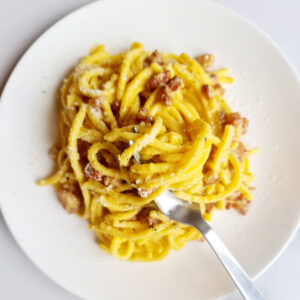
Spaghetti Carbonara
Equipment
- 1 frying pan
- 1 middle pot
- 1 mesh skimmer or sieve
- 1 mixing bawl
- 1 cheese grater
Ingredients
- 8 oz (1 package) (250g) of fresh uncooked pasta or 6 ounces (200g) of dry egg pasta (spaghettoni or staghetti)
- 5 oz (150g) guanciale (jowl bacon, seasoning 3-4 months) or pancetta / bacon
- 3 units egg yolks + 2 for serving (optional)
- 1 oz (30g) Pecorino Romano cheese (to grate)
- 3/4 oz (20g) Pecorino Romano cheese (to grate) to add just before serving
- 1 1/3 oz (40g) Grana Padana cheese (to grate)
- Freshly ground pepper generous
Instructions
- Chop guanciale/pancetta, having first removed any rind, into thick cubes as in the picture. Make sure the bites you cut are not too small, as they may burn in the process and won’t yield enough melted fat (also, don’t add any oil to the pan – no need for that).
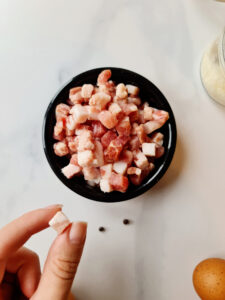
- Finely grate Pecorino Romano and Grana Padana cheese and mix them together.
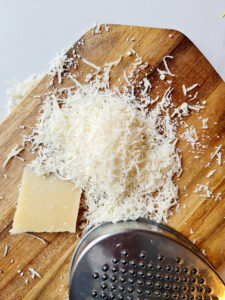
- Bring a pot of water to boil for the pasta. Add a small amount of salt because the sauce will be pretty salty. Opt for a larger-sized pot while cooking pasta to ensure it has enough room in the water. Once boiled, add pasta. I highly recommend using thick spaghetti (spaghettoni or spaghetti alla chitarra) for this recipe. If you are using fresh pasta that is ready in a few minutes, start cooking the bacon first.
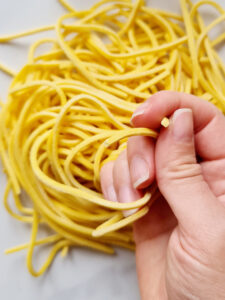
- Put a frying pan to medium heat and melt fatty juice out of the pork bits. Increase the heat, and fry the pieces a bit more for a crispy finish. Try not to overdry it, though.
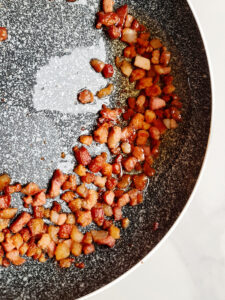
- To make sure the pasta is ready, try a small bit first before putting it off the heat. Stope cooking pasta 1 minute before. as it will continue to be cooking while mixing with the sauce.
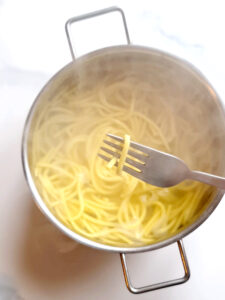
- Leave a cup of pasta water right before draining the pasta and put it aside.
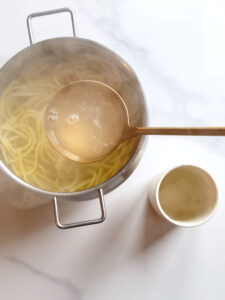
- In a mixing bowl combine 3 egg yolks with grated Pecorino, Grana Padana and black paper and mix well.
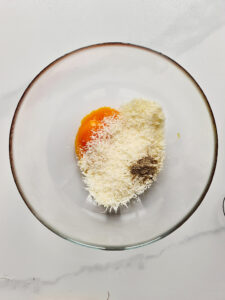
- Put the bowl onto the bain-marie (water bath) on the pasta pot and stir well.
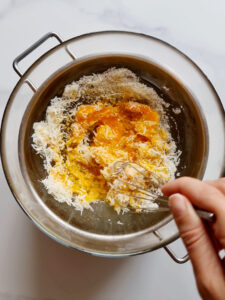
- Use a mesh skimmer or sieve to separate the melted fat from the bacon and add it to the egg and cheese mixture, putting bacon bites aside.
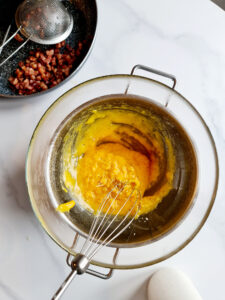
- Add a bit of pasta water to the sauce and keep steering, making sure the water bath is gradually heating the mixture, but not too much so that the yolks are not getting cooked.
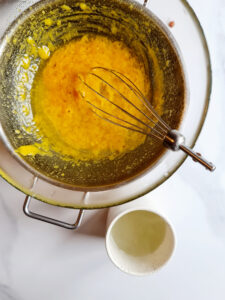
- Keep steering, adding some more pasta water if needed, until you achieve this amazing firm and creamy texture that you see in the picture.
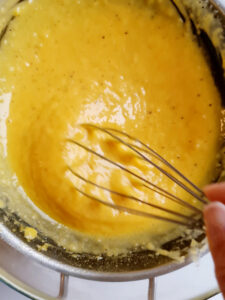
- To ensure the sauce is ready – try grabbing some of it with the cooking pad and see if it stays in place. Once it does – the sauce is prepared.
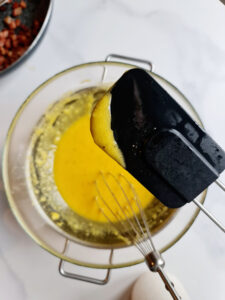
- Mix the sauce with pasta, adding a bit more pasta water, stir well.
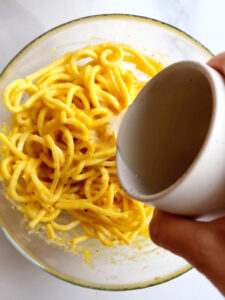
- Add bacon bites, stir gently and serve.
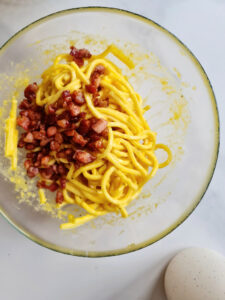
- Finish with additional Pecorino cheese and more black pepper. Optionally you can put an extra egg yolk on top of pasta (I usually do it for my husband – he loves it this way).Enjoy!
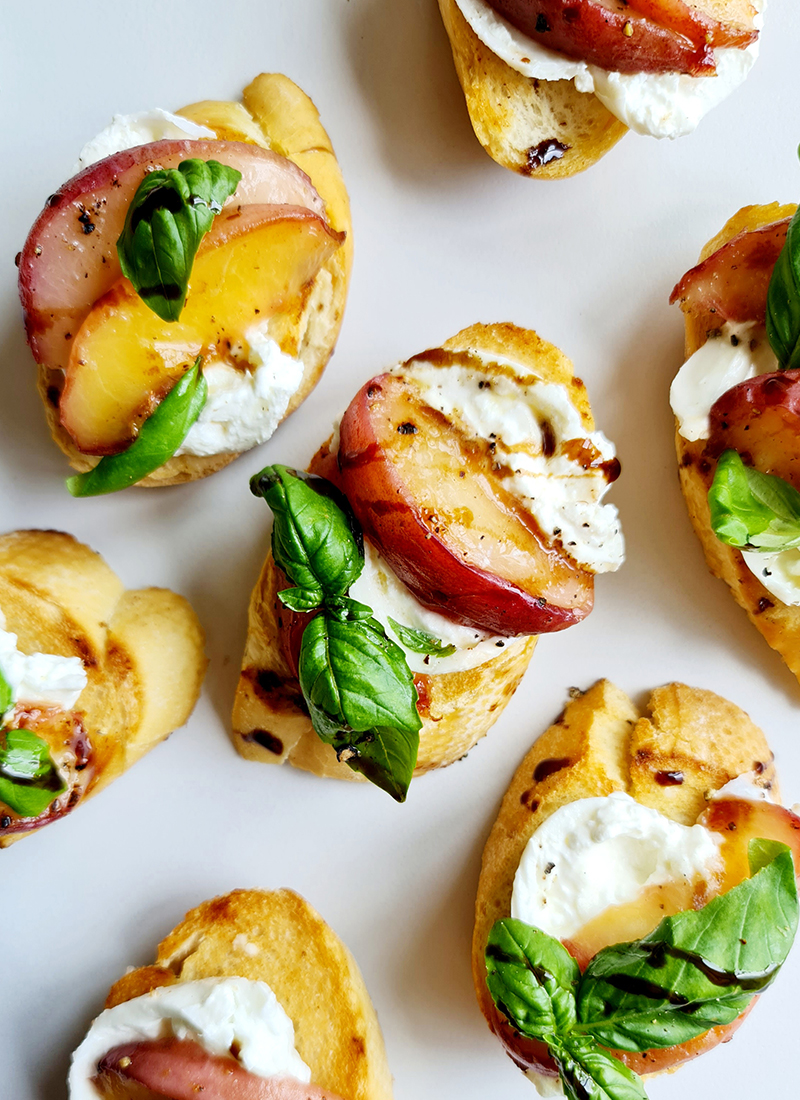


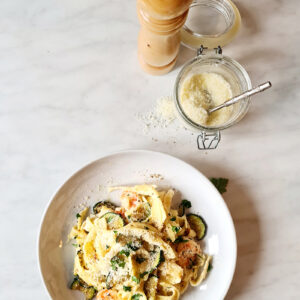

Leave a Reply